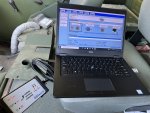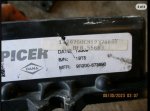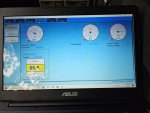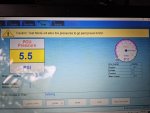- 462
- 674
- 93
- Location
- La Crosse, WI
My truck didn't come with a CTIS controller but I found a "probably broken-untested". Plugging it in and it seems to work as it should, electrically at least. I had a missing quick release valve for the front axle, then both hub breathers were disconnected, then found a hub seal leak, then the front CTIS fill line was porous, then the vents for both rear axles were plugged.
Fixed all of those, rebuilt the PCU (well the o-rings and verified the vent was clear), now it fills as it should, but has some issues when deflating. It give me the two solid lights and stops deflating. I know it has a clear vent (actual vent is clear, and the seal on the plastic housing sure wouldn't hold air anyways - not sure if that is important but it doesn't look like it cause cause this issue. I didn't do anything with the relief valve so that's my next place to look as it seems it could cause issues if it is just a little clogged or something. I'm guessing it's the brass almost plug looking part on the side of the PCU? Any other ideas?
Video of failure:

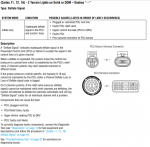
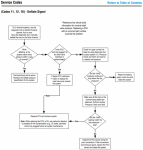
Fixed all of those, rebuilt the PCU (well the o-rings and verified the vent was clear), now it fills as it should, but has some issues when deflating. It give me the two solid lights and stops deflating. I know it has a clear vent (actual vent is clear, and the seal on the plastic housing sure wouldn't hold air anyways - not sure if that is important but it doesn't look like it cause cause this issue. I didn't do anything with the relief valve so that's my next place to look as it seems it could cause issues if it is just a little clogged or something. I'm guessing it's the brass almost plug looking part on the side of the PCU? Any other ideas?
Video of failure:



Attachments
-
66.6 KB Views: 3





